In the heart of Southeast Asia, Myanmar has long been revered as the primary source of the world's finest jadeite, a gemstone that holds profound cultural and spiritual significance. Among the most cherished forms of this precious stone is the Burmese Jade Buddha, a symbol of serenity, wisdom, and divine connection. These exquisite carvings are not merely objects of beauty but embodiments of a rich tradition that intertwines artistry, religion, and the earth's natural wonders.
The allure of Myanmar's jadeite lies in its unparalleled quality. Known for its vibrant green hues, ranging from pale mint to deep emerald, the stone is prized for its translucency and toughness. Unlike nephrite, another form of jade, jadeite is rarer and found in limited deposits, with Myanmar's mines in Kachin State being the most prolific. The finest specimens, often referred to as "Imperial Jade," are reserved for the most sacred creations, including Buddha statues that radiate both earthly elegance and spiritual grace.
For centuries, Burmese artisans have honed their skills to transform raw jadeite into masterpieces of religious art. The process begins with the careful selection of the stone, where color, clarity, and texture are meticulously evaluated. A single flaw can determine whether the material is destined for a high-end sculpture or a more utilitarian piece. The carving of a Jade Buddha is a labor of devotion, requiring months or even years of painstaking work. Each curve of the robe, each serene expression on the face, is chiseled with reverence, reflecting the Buddha's teachings of compassion and enlightenment.
The spiritual resonance of these statues is deeply rooted in Theravada Buddhism, the predominant religion in Myanmar. Jade, believed to possess protective and healing properties, is considered an ideal medium for representing the Buddha. Devotees often place Jade Buddha statues in temples or home altars, where they serve as focal points for meditation and prayer. The stone's cool touch is said to calm the mind, while its luminous green evokes the vitality of nature and the promise of renewal.
Beyond their religious significance, Burmese Jade Buddhas are also cultural treasures. They embody the country's artistic heritage, where craftsmanship is passed down through generations. In places like Mandalay and Yangon, jade carvers work in small, family-run workshops, preserving techniques that date back to the Pyu and Mon kingdoms. These artisans are not merely craftsmen but storytellers, their creations narrating tales of faith, resilience, and the enduring human quest for meaning.
The global demand for Burmese jade, particularly in China, has surged in recent decades, driven by both its aesthetic appeal and its perceived metaphysical benefits. However, this boom has also raised ethical concerns. The jade trade has been linked to environmental degradation, labor exploitation, and funding for armed conflicts in northern Myanmar. As a result, international buyers are increasingly seeking assurances that their jade purchases are ethically sourced, though tracing the origins of the stone remains a complex challenge.
Despite these controversies, the Jade Buddha continues to captivate collectors and spiritual seekers alike. Auction houses in Hong Kong and New York have fetched record prices for exceptional pieces, while monasteries across Asia cherish them as sacred heirlooms. The statues' timeless beauty transcends trends, offering a tangible connection to a tradition that has flourished for over a thousand years.
For those fortunate enough to behold a Burmese Jade Buddha, the experience is often described as transcendent. The interplay of light and stone, the delicate balance of form and spirit, creates a presence that feels both ancient and immediate. Whether displayed in a grand temple or a private collection, these sculptures remind us of humanity's capacity to transform the earth's raw materials into objects of profound reverence and wonder.
As Myanmar navigates the complexities of modernization and global trade, the legacy of its jade carvers endures. The Jade Buddha stands as a testament to the enduring power of art and faith, a beacon of tranquility in a rapidly changing world. In its serene countenance, we glimpse not only the skill of its creator but the timeless wisdom of the Buddha himself—inviting us to pause, reflect, and find peace in the midst of life's turbulence.

By Olivia Reed/Apr 28, 2025

By Emma Thompson/Apr 28, 2025

By Samuel Cooper/Apr 28, 2025
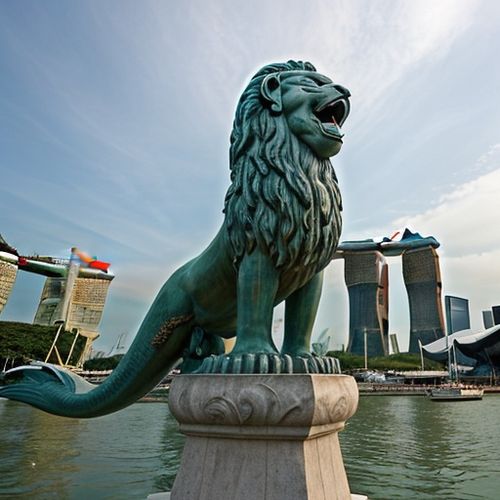
By Grace Cox/Apr 28, 2025
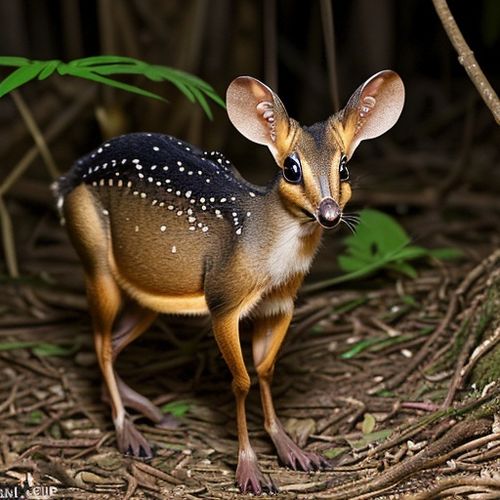
By George Bailey/Apr 28, 2025
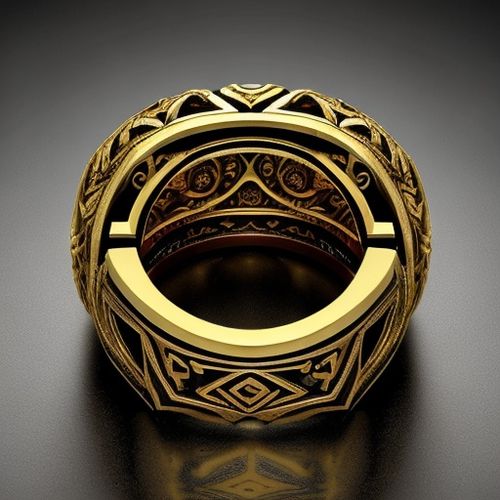
By Rebecca Stewart/Apr 28, 2025
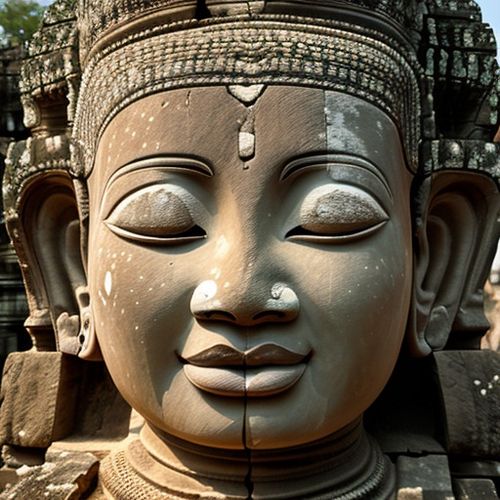
By George Bailey/Apr 28, 2025
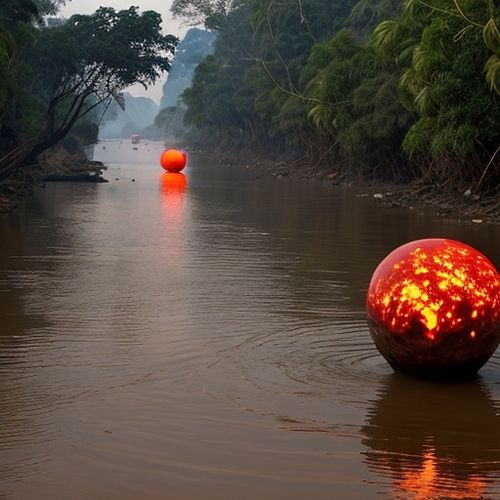
By Olivia Reed/Apr 28, 2025
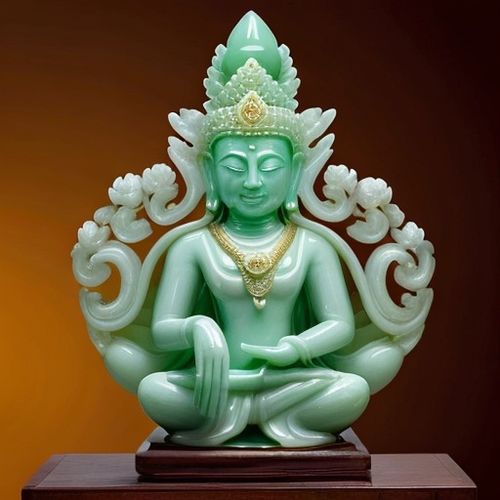
By Eric Ward/Apr 28, 2025
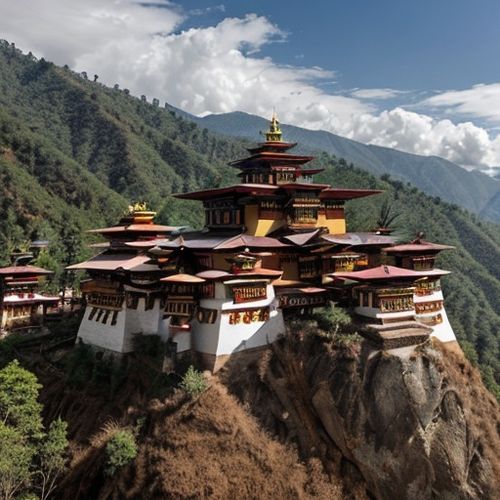
By Benjamin Evans/Apr 28, 2025
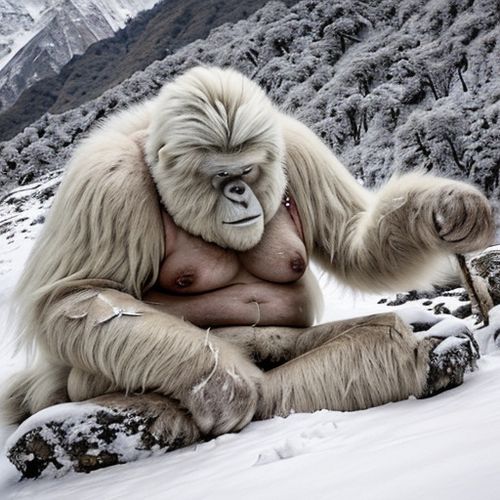
By Amanda Phillips/Apr 28, 2025
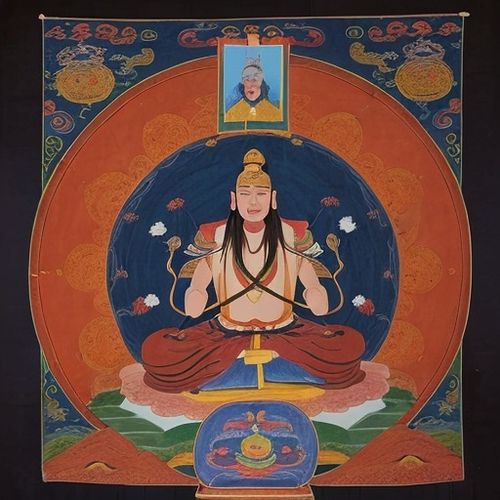
By Sophia Lewis/Apr 28, 2025
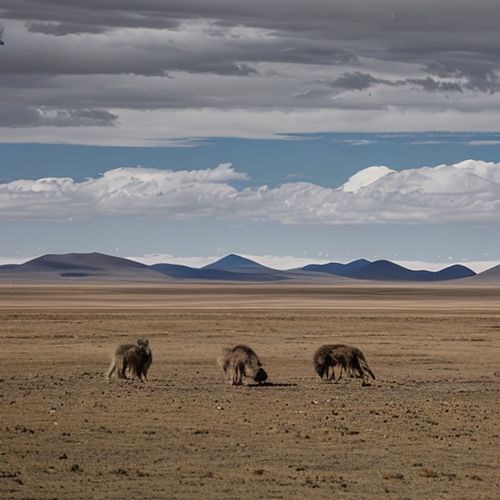
By Christopher Harris/Apr 28, 2025
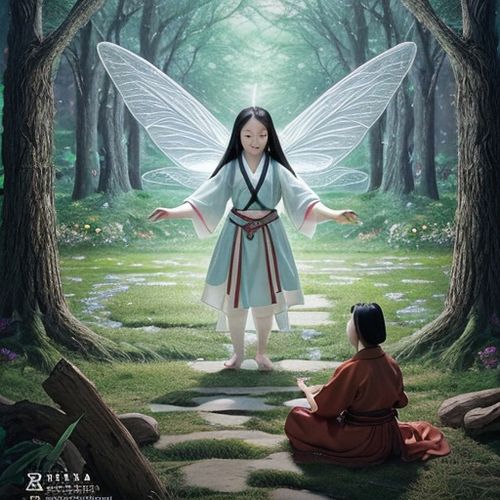
By Benjamin Evans/Apr 28, 2025
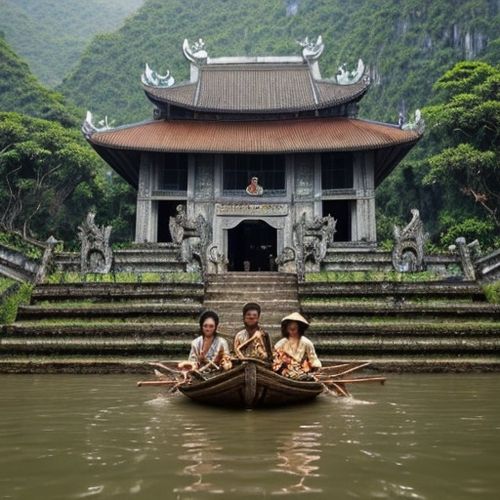
By Rebecca Stewart/Apr 28, 2025
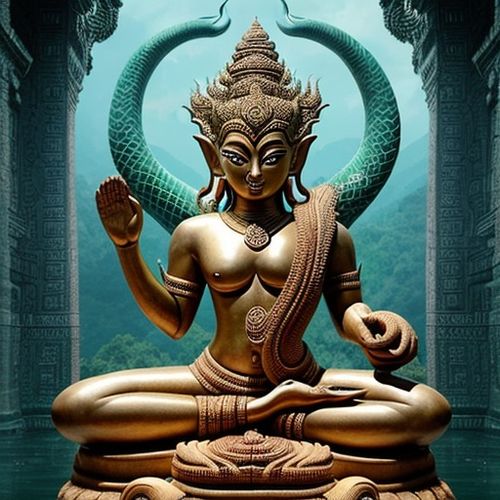
By David Anderson/Apr 28, 2025
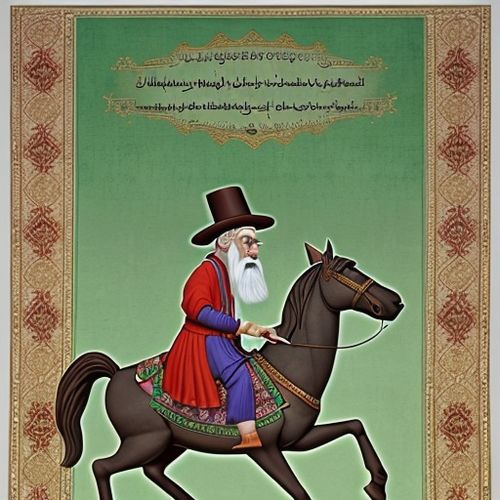
By Olivia Reed/Apr 28, 2025
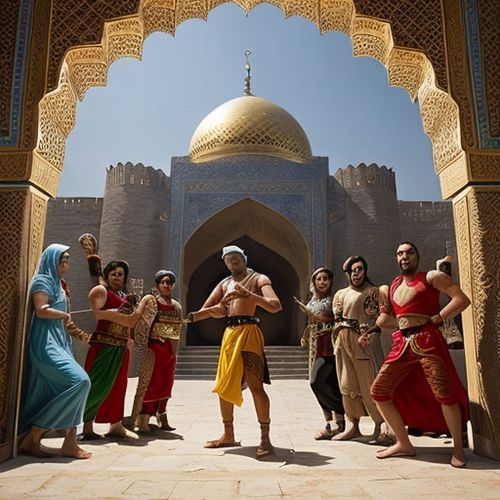
By Lily Simpson/Apr 28, 2025
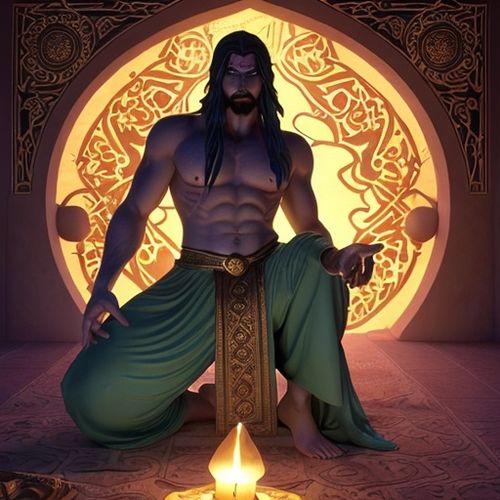
By Emma Thompson/Apr 28, 2025

By Laura Wilson/Apr 28, 2025